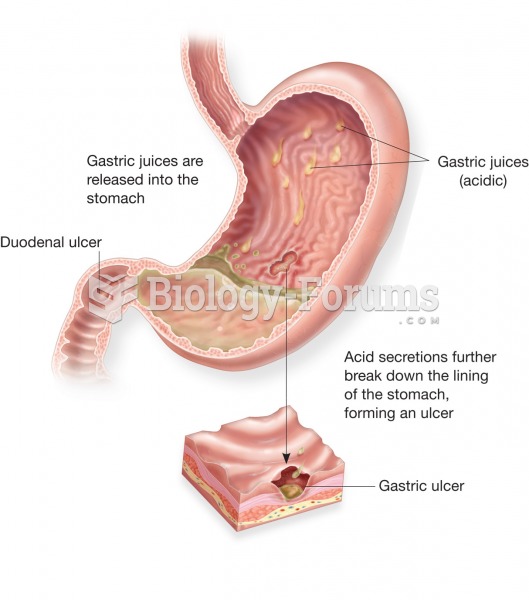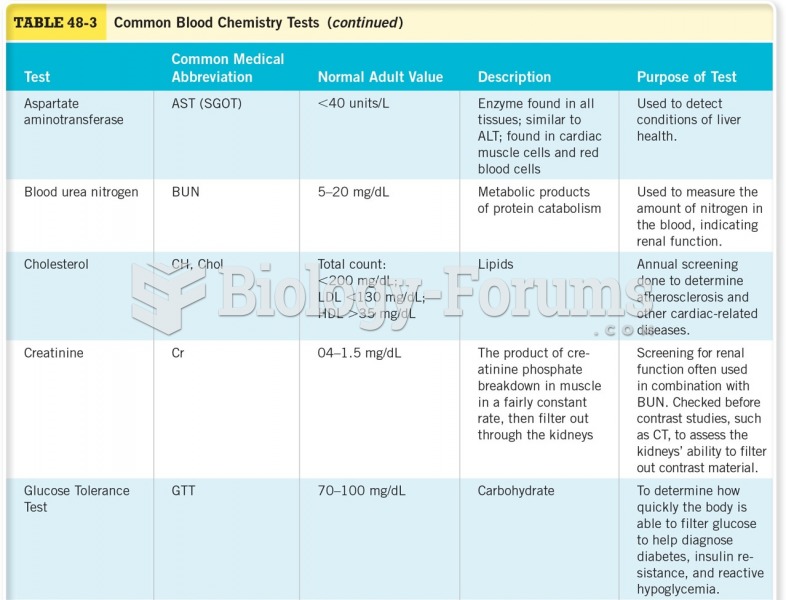Answer to Question 1
E
Answer to Question 2
.
m. The six most significant reasons for food spoilage are: incorrect storage temperatures, excessive storage time, inadequate ventilation in storage areas, failure to segregate foods in storage, unacceptable sanitation standards, and excessive delays between receiving and storing functions.
n. Food products should be used in the order in which they have been received. This concept is known as FIFO: first in, first out. Items should be dated and newer stock placed behind older stock to help ensure the integrity of the process.
o. Ideally, purchases will be kept in their original containers. If not, care must be taken that the items are kept in containers that are clean and nonabsorbent.
p. Metal containers can be dangerous when they come into contact with foods with a high acidic content.
q. Different types of meat should be kept separate from each other, as should raw and cooked items.
r. Items should be stored at least 6 inches off the floor and away from pipes that might drip onto the food. Allow for air circulation around all surfaces between packages.
s. Before opening cans, wipe them with a clean cloth to prevent contamination from the outside of the cans.
t. Cleaning supplies should be stored separately from food items.
u. The highest risk for contamination is when food is being prepared and served. There are three concerns: employee hygiene, time and temperature control, and the cleaning and sanitizing of utensils, equipment, and surfaces with which food comes into contact.
v. As far as time and temperature are concerned, the major goal is that the time that a product is in the danger zone, between 45 and 140F, be minimized.
w. If food has been cooked and held under sanitary conditions, it can be reused. Great care must be taken that it has not been exposed to contamination.
x. The major rule of thumb is: If in doubt, throw it out.






